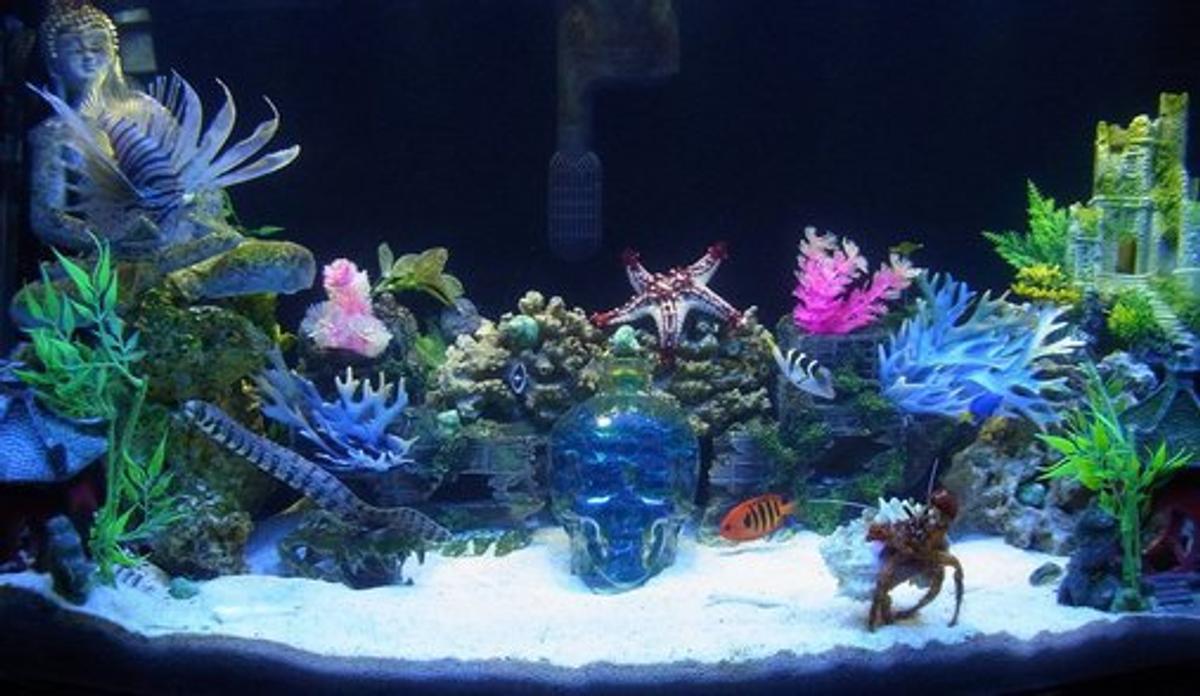Maintaining a healthy aquatic environment in your fish tank is crucial for the wellbeing and longevity of your finned friends. One of the key challenges aquarists face is managing the levels of nitrites, a byproduct of the nitrogen cycle that, if left unchecked, can be highly toxic to aquarium inhabitants. This comprehensive guide outlines simple yet effective strategies for lowering nitrites in your fish tank, ensuring your aquatic ecosystem thrives.
Understanding the Nitrogen Cycle: The Foundation
Before diving into solutions, it’s essential to grasp the basics of the nitrogen cycle. In any aquarium, uneaten food, fish waste, and decaying plant matter decompose, producing ammonia. Beneficial bacteria then convert this ammonia into nitrite (NO₂⁻), which is still harmful but less toxic than ammonia. Another type of bacteria further converts nitrite into nitrate (NO₃⁻), a less harmful compound. Maintaining a balanced nitrogen cycle is vital to keeping nitrite levels in check.
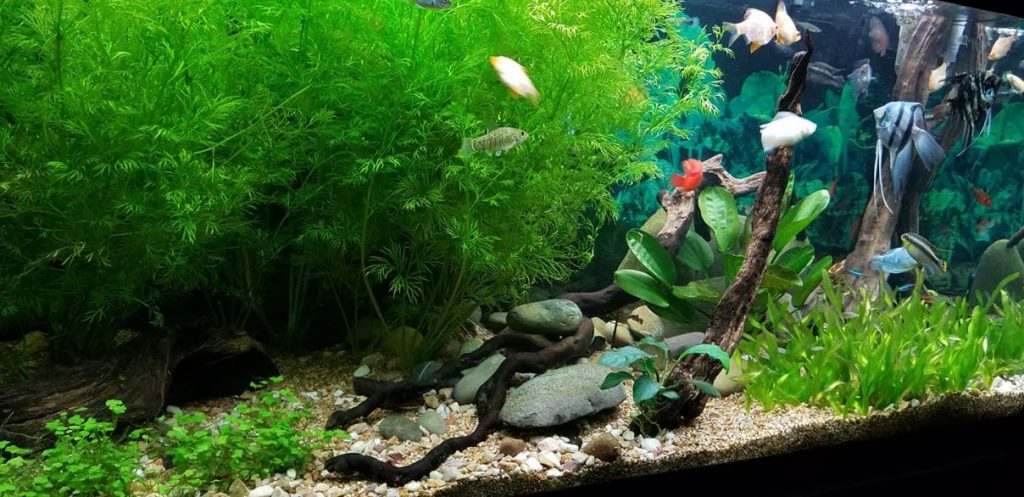
Regular Water Changes: The First Line of Defense
Subheading: Frequency and Technique Routine water changes are the simplest and most direct way to reduce nitrite concentrations. Aim for a 20-30% water change weekly or bi-weekly, depending on the stocking density and bio-load of your aquarium. Use a siphon to vacuum the gravel, removing debris and detritus that contribute to nitrite production. Always use a dechlorinator to treat new water before adding it to the tank.
Enhancing Biological Filtration: The Natural Solution
Subheading: Beneficial Bacteria Boost Invest in a high-quality biological filter that provides ample surface area for beneficial bacteria to colonize. These bacteria play a pivotal role in converting nitrites into nitrates. To boost bacterial growth, you can add bio-media like ceramic rings, bio-balls, or filter floss. Additionally, avoid over-cleaning filters, as this can disrupt the established bacterial colonies.
Controlling Overfeeding and Waste: Prevention is Key
Subheading: Mindful Feeding Habits Excessive feeding leads to uneaten food, which decomposes and increases ammonia and subsequently nitrite levels. Feed your fish only what they can consume within a few minutes, once or twice daily. Remove any leftover food promptly. Also, ensure the tank isn’t overcrowded, as more fish mean more waste and a higher risk of elevated nitrite levels.
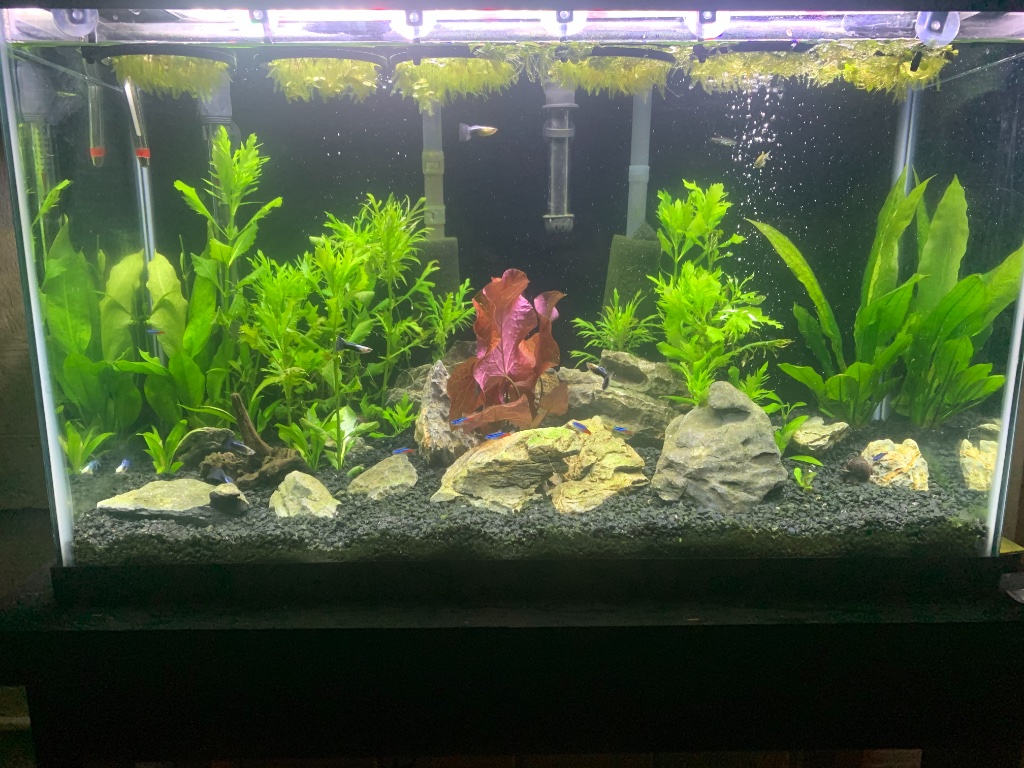
Live Plants: Nature’s Nitrite Sponge
Subheading: The Dual Benefit of Aquascaping Aquatic plants not only enhance the aesthetic appeal of your tank but also play a vital role in nitrite reduction. They absorb nitrogen compounds, including nitrites, for their growth, thereby naturally lowering water toxicity. Ensure proper lighting and nutrient supplementation for optimal plant health and growth.
Using Nitrite Removers: Quick Fix Measures
Subheading: Chemical Intervention In emergency situations where nitrite levels spike suddenly, using nitrite remover products can provide immediate relief. These chemicals bind with nitrites, rendering them harmless until natural processes can take over. However, these should be seen as temporary solutions while addressing the root cause of the issue.
Monitoring and Testing: Stay Informed
Subheading: The Importance of Regular Checks Regular monitoring of water parameters, especially ammonia, nitrite, and nitrate levels, is crucial. Use a reliable test kit to check these levels at least once a week. Early detection of rising nitrite levels allows for prompt corrective actions, preventing potential harm to your fish.
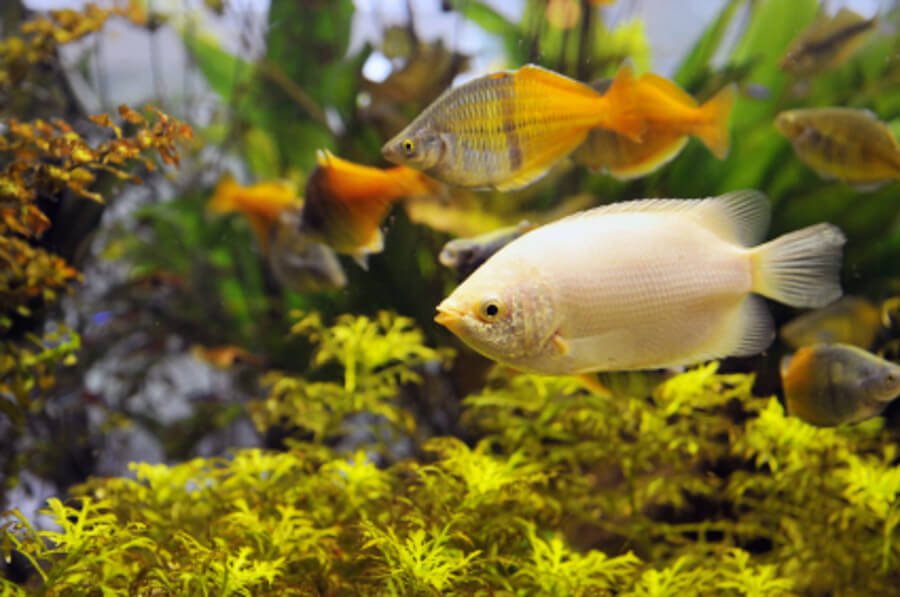
Patience and Persistence: The Aquarist’s Virtue
Subheading: Understanding the Cycles of Change Establishing and maintaining a stable aquatic environment takes time, patience, and consistency. New tanks often experience a “new tank syndrome” where nitrite levels can peak before the biological filtration system matures. Stick to your maintenance routine, and remember that a healthy aquarium is built over time.
Community Support and Expert Advice: Learning from Others
Subheading: Tapping into Aquarist Networks Join online forums, attend local aquarium club meetings, or consult with experienced aquarists for advice tailored to your specific setup. Sharing experiences and learning from others can provide invaluable insights and troubleshooting tips when facing nitrite issues or other aquarium challenges.
By implementing these straightforward strategies, you can effectively lower nitrite levels in your fish tank, fostering a healthier and more vibrant aquatic environment. Remember, a balanced and well-maintained aquarium not only benefits your fish but also brings immense joy and satisfaction to you as an aquarist.
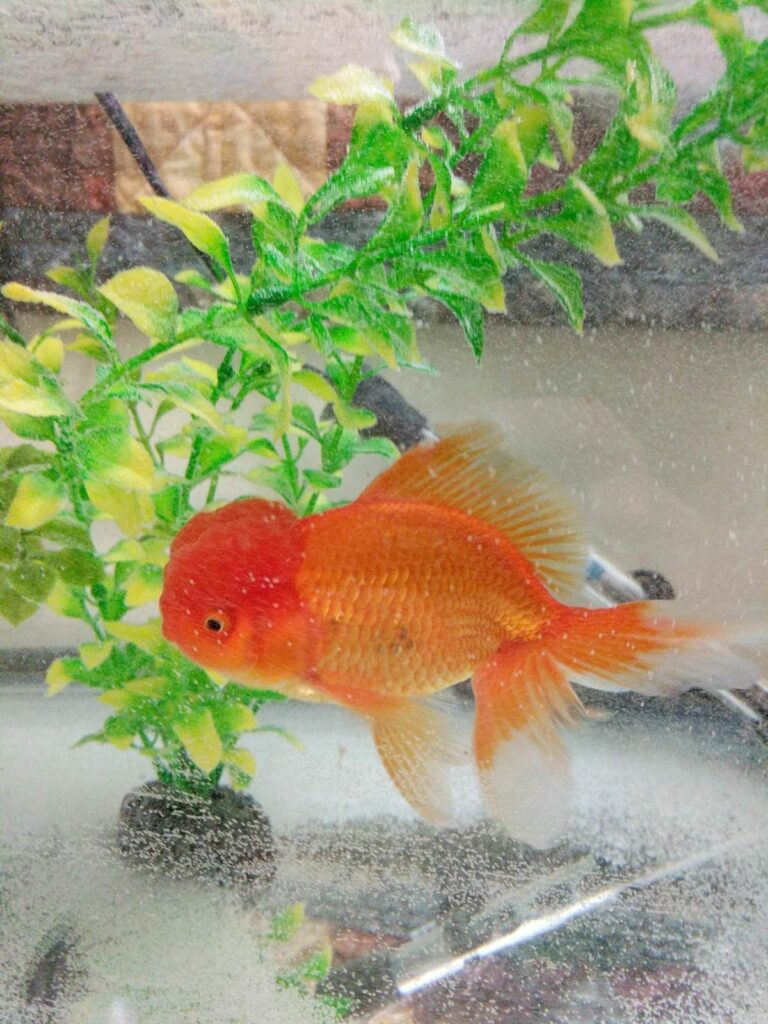
Advanced Techniques for Optimizing Aquarium Nitrite Management
Having covered the fundamental strategies for controlling nitrite levels in your fish tank, let’s delve into some advanced techniques that can further refine your aquatic environment, promoting unparalleled health and vitality among your aquatic inhabitants.
Fine-Tuning Your Nitrogen Cycle with Denitrification
Beyond the conventional nitrogen cycle, denitrification is a natural process that converts nitrates into nitrogen gas, which escapes into the atmosphere. This step can be facilitated in a deep sand bed, anaerobic filter zones, or specialized denitrifying filters. By introducing an additional stage to your filtration system, you can reduce the need for frequent water changes and maintain even lower levels of nitrate, the end product of the standard nitrogen cycle.
Automated Water Change Systems: Precision and Convenience
Automated water changers streamline the water change process, ensuring consistency and precision. These systems can be programmed to perform partial water changes at regular intervals, maintaining stable water parameters with minimal effort. They also help in maintaining a steady dilution rate of accumulated toxins, including nitrites.

Nutrient Export through Macroalgae Cultivation
Introducing macroalgae, such as Chaetomorpha or Caulerpa, into your aquarium or a dedicated refugium can significantly contribute to nutrient export, including nitrites. Algae consume nutrients, including nitrates and phosphates, which indirectly helps control nitrite levels by supporting a more efficient nitrogen cycle. A well-lit refugium encourages healthy algae growth, acting as a natural filter for your system.
RO/DI Water Purification: The Pinnacle of Water Quality
Using Reverse Osmosis/Deionization (RO/DI) systems for preparing replacement water ensures the purest possible water for your aquarium. By removing impurities, including heavy metals, chlorine, and dissolved solids, RO/DI water reduces the chances of introducing substances that could disrupt the delicate balance of your tank, indirectly assisting in nitrite management.
Dosing with Bioaugmentation Products
Bioaugmentation involves adding concentrated cultures of beneficial bacteria directly to your aquarium. These products can accelerate the establishment of a healthy bacterial colony during cycling or aid in restoring balance after a disruption. Targeted dosing can swiftly address spikes in nitrite levels, complementing your existing biological filtration.
Integrating a Plenum System for Enhanced Detritus Management
A plenum is a layer of airspace beneath the substrate that promotes aerobic and anaerobic bacterial activity. This setup fosters an environment where detritus breakdown is optimized, reducing the release of ammonia and subsequent nitrite formation. While requiring careful planning and maintenance, plenums can be highly effective in larger or heavily stocked aquariums.






